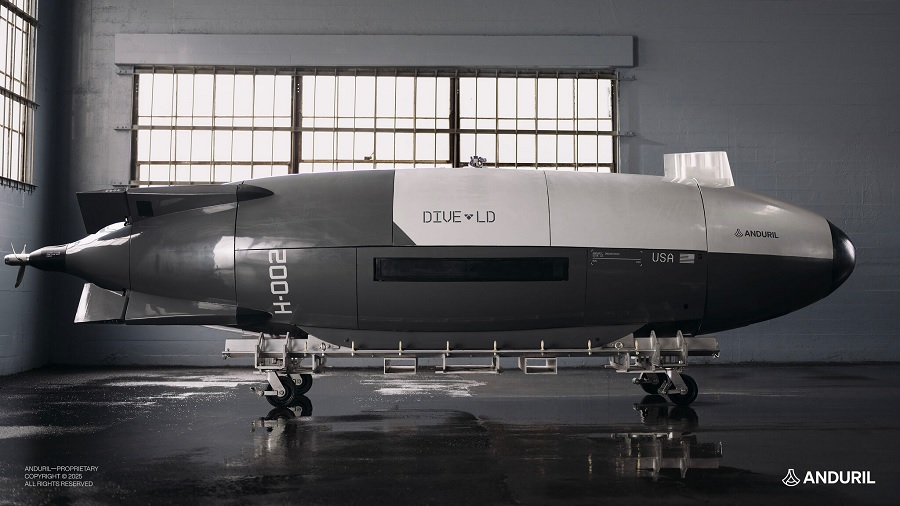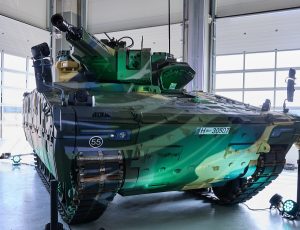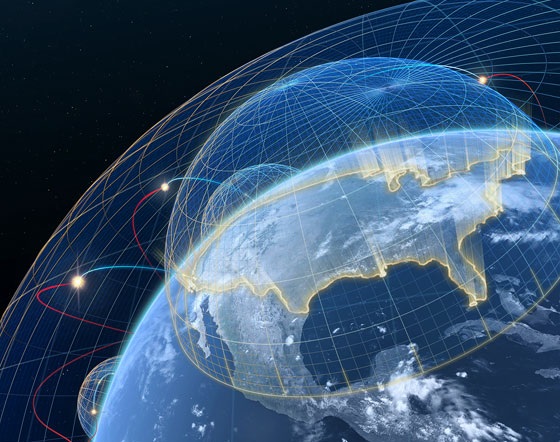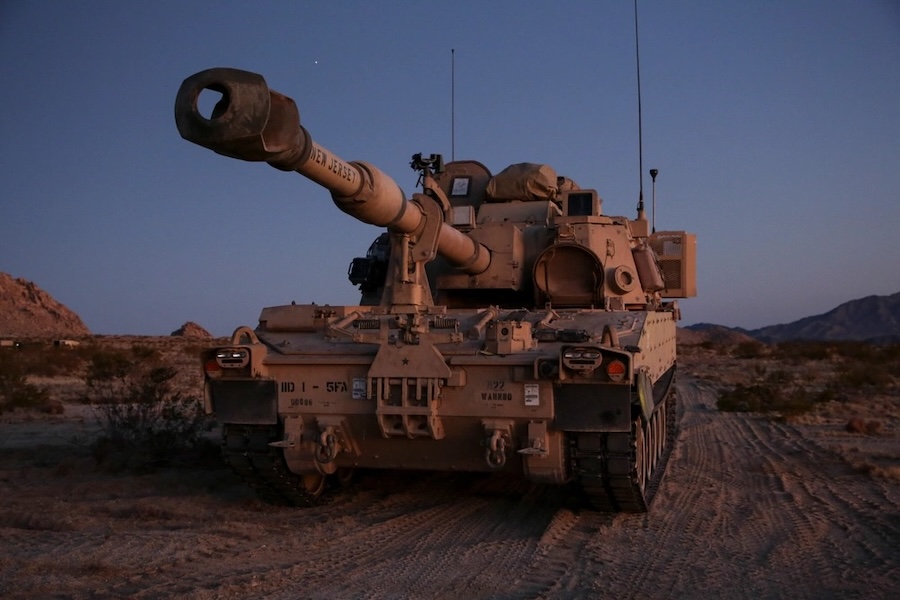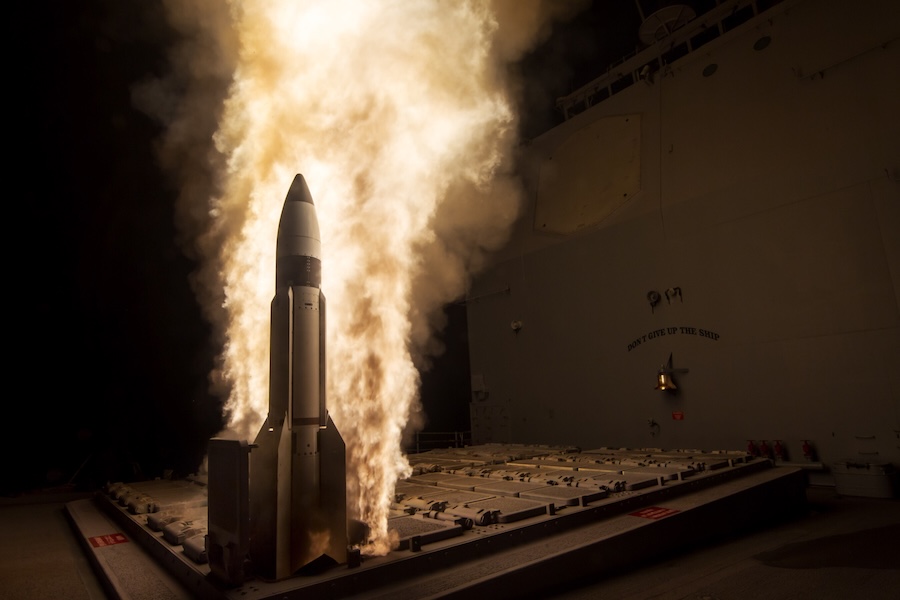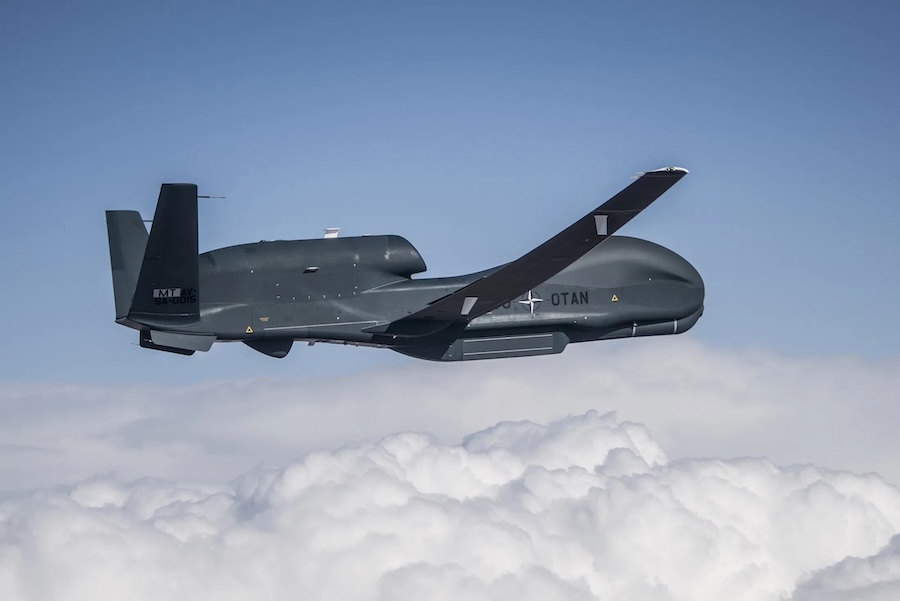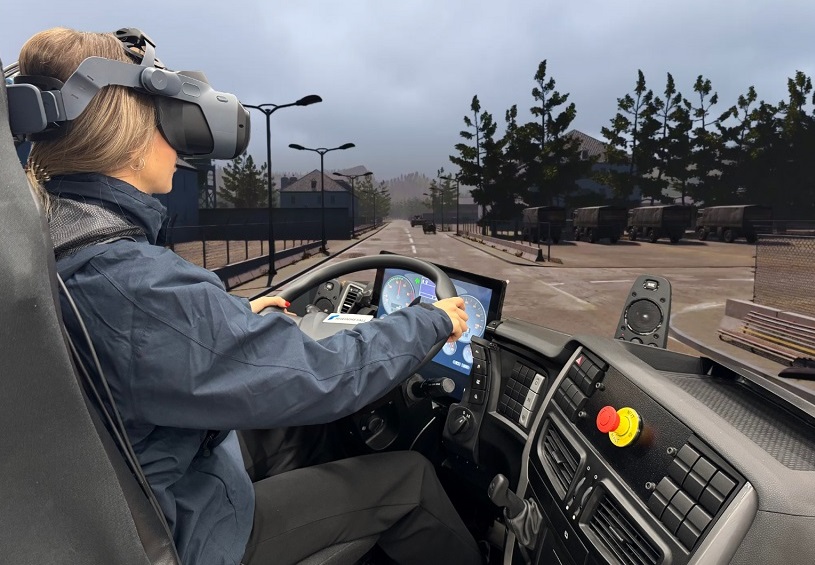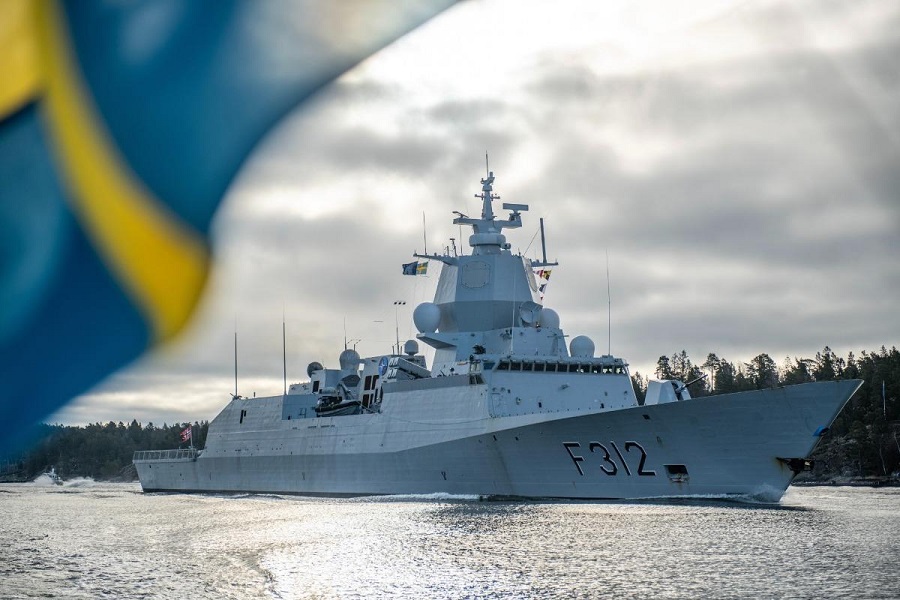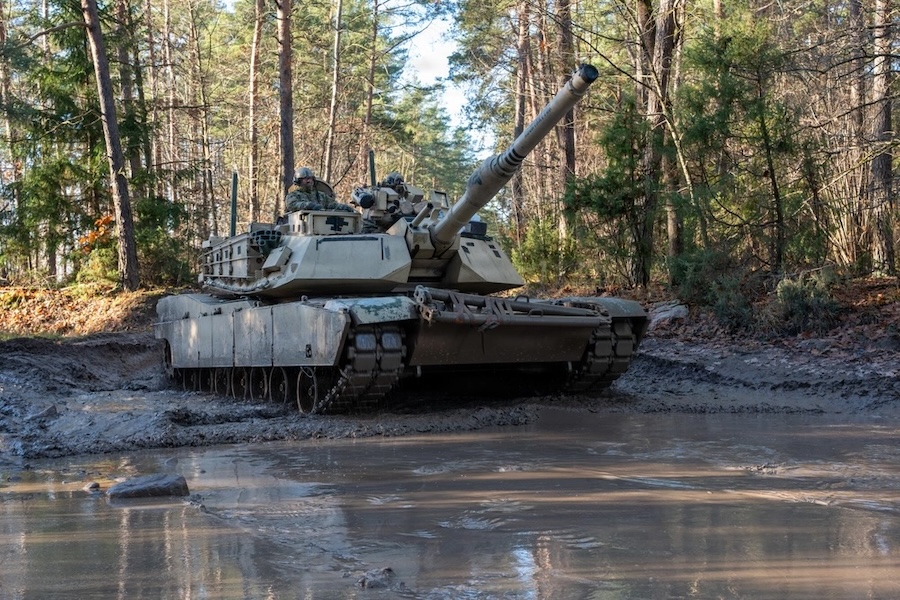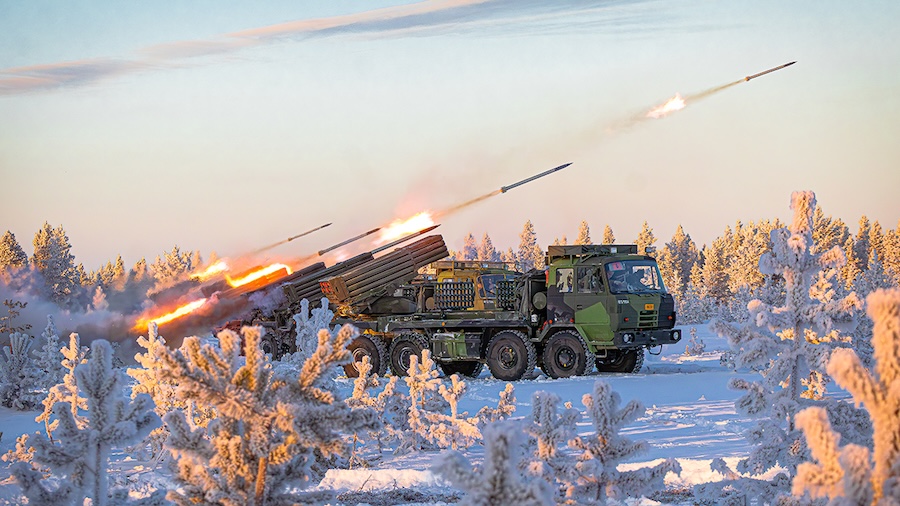The Dive-LD is designed for long-duration operations without human intervention and can be used for tasks such as seabed mapping, communications relays, and infrastructure inspection. “Dive-LD’s endurance, modular design, and adaptable payloads bring critical solutions to missions undersea,” Anduril said in a statement.
The vehicle’s design incorporates 3D-printed exteriors and innovative internal manufacturing techniques, allowing for rapid, cost-effective customisation. These features make it suitable for both military and commercial use, reflecting a broader trend towards flexible, scalable underwater systems.
Although specific technical details remain undisclosed, Anduril emphasised that Dive-LD’s autonomy and low-profile construction are tailored for modern maritime operations. The platform is part of a new generation of AUVs intended to enhance undersea capabilities while reducing the need for manned missions.
The U.S. Navy is steadily expanding its investment in unmanned technologies as part of its strategy to support distributed maritime operations. With Dive-LD now delivered, UUVRON-1 personnel in Keyport, Washington, will begin operational evaluation and testing in real-world conditions.
“This delivery underscores growing interest in modular, long-endurance systems that can be adapted to a wide range of tasks in maritime environments,” Anduril stated. The integration of platforms like Dive-LD marks a significant shift in undersea warfare, focusing on autonomy, endurance, and mission flexibility.




